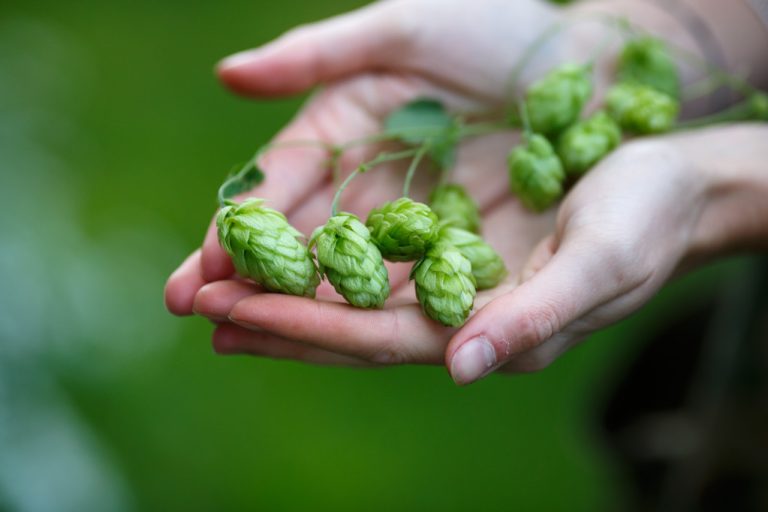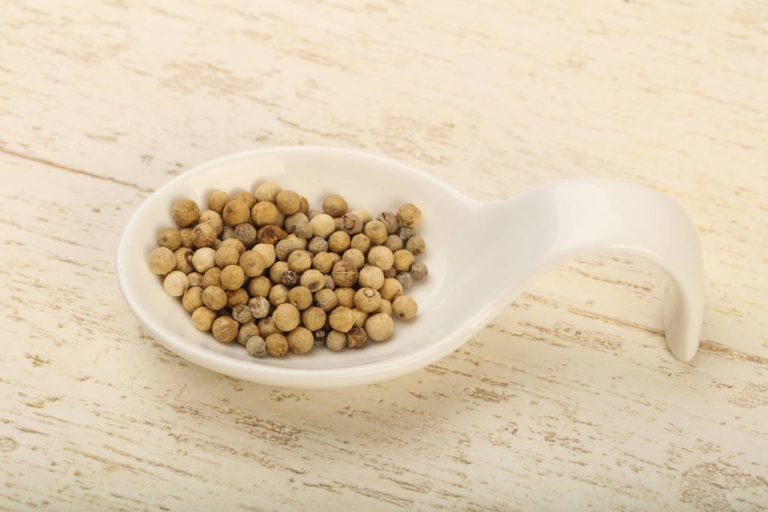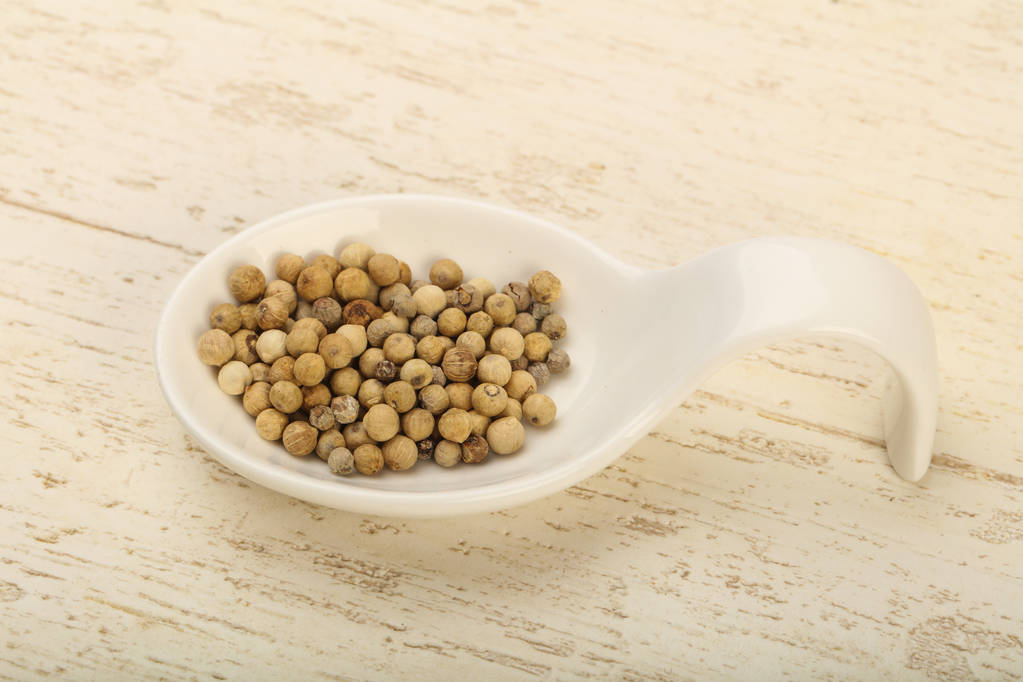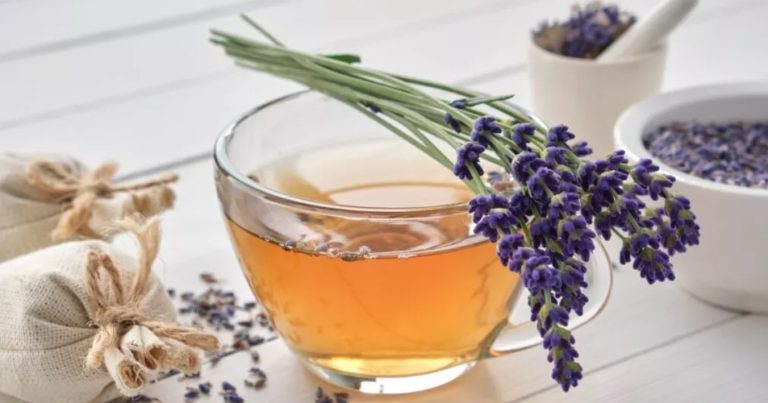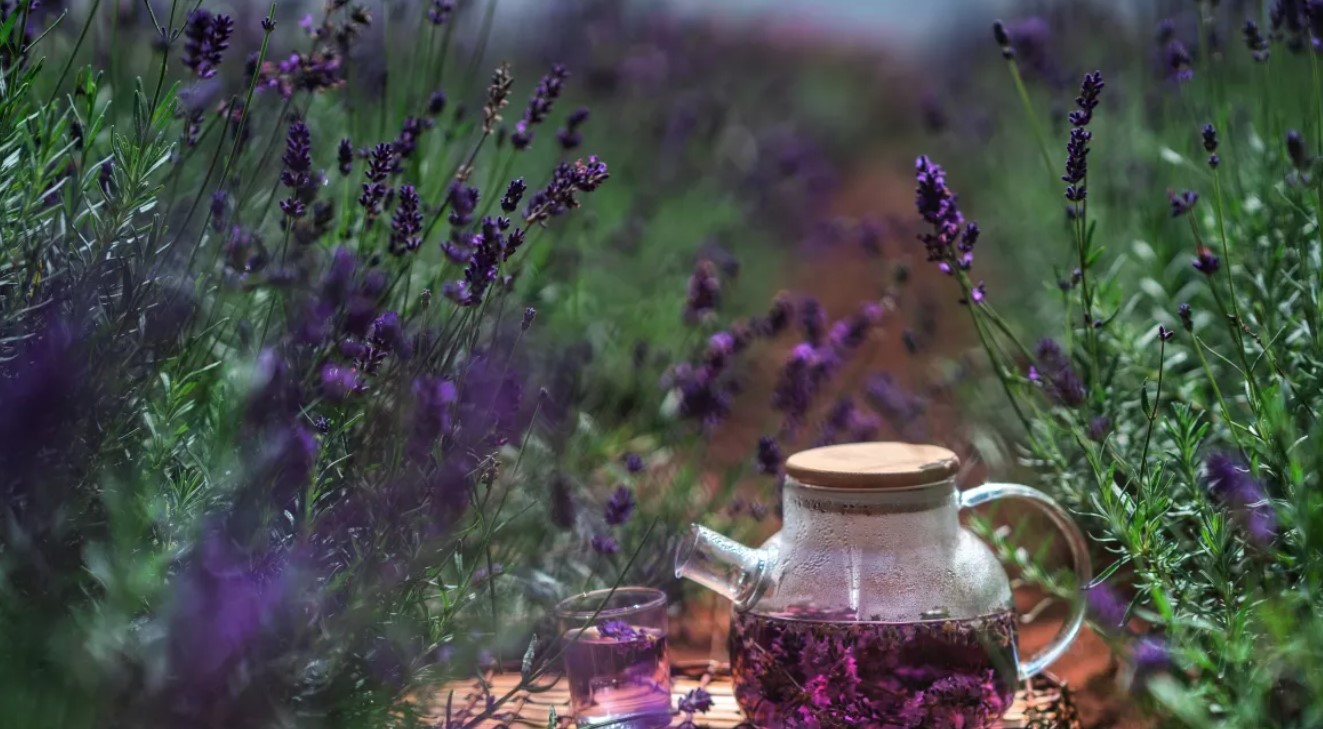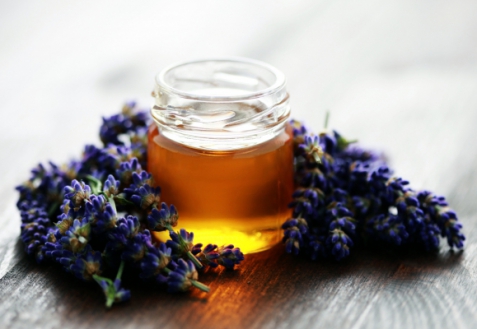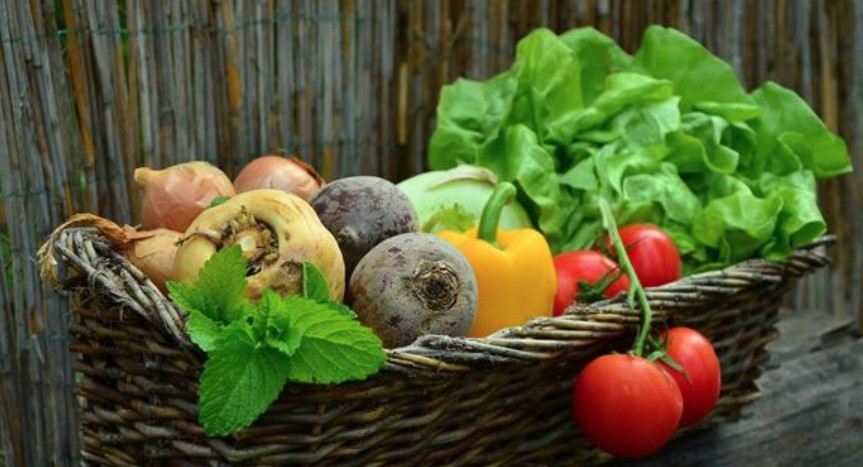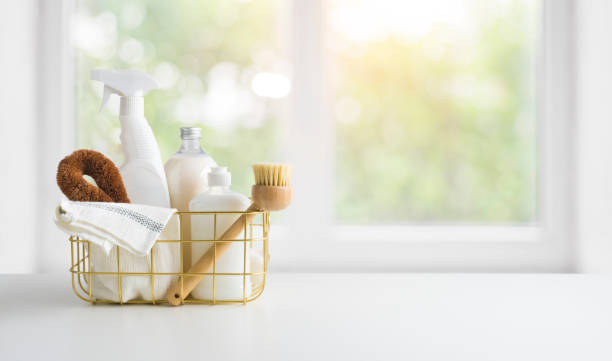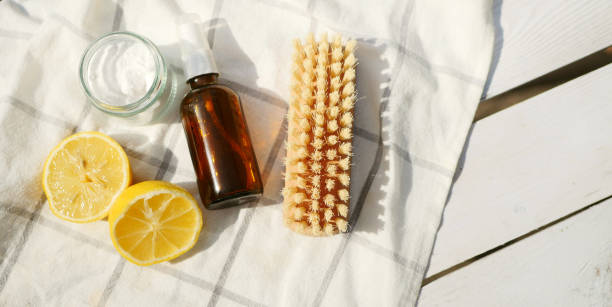Hop tea is not beer, but rather a tried and tested remedy. Hops have a calming effect and have a positive effect on our sleep.
Hops belong to the hemp family. Long before the plant was used to brew beer, it was valued as a medicinal plant.
Hops are now cultivated throughout Europe and in parts of Asia and America. The plant sprouts anew every year and climbs up to twelve meters. Hops are dioecious. This means there are male and female flowers. For hop tea you only use the female flowers.
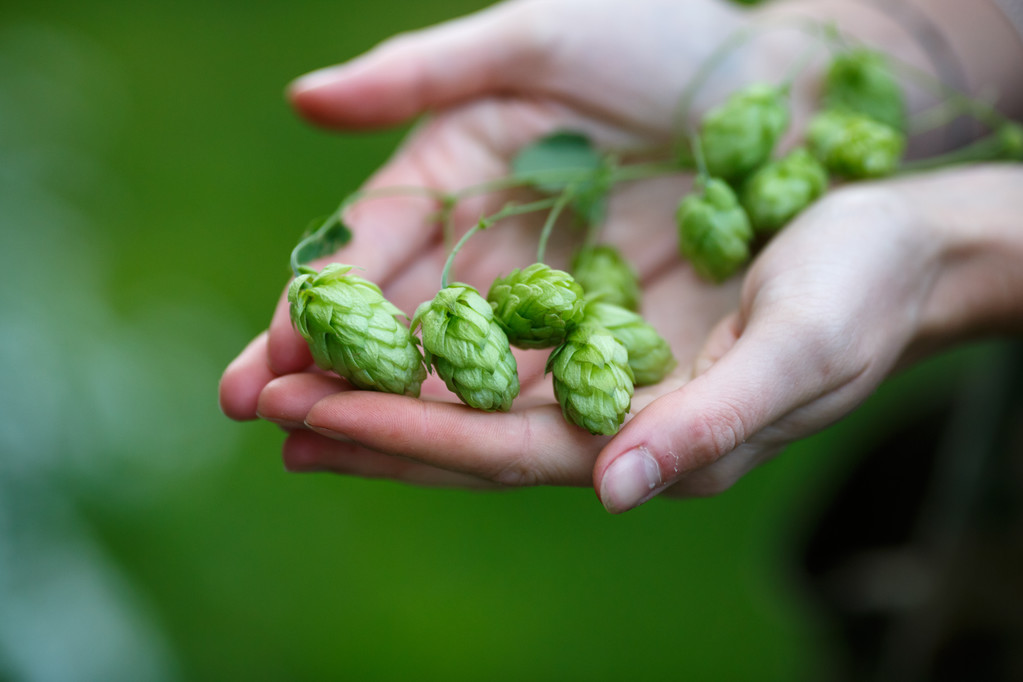
This is how hop tea works
The most important active ingredients in hop tea include:
Bitter substances: humulone and lupulone
flavonoids
tannins
essential oils
The bitter substances in particular are said to have a calming and sleep-inducing effect. In the meantime, the effect of hops and its ingredients has also been extensively scientifically investigated:
The positive effect of hops on the human psyche was proven in a pilot study. Test persons who consumed dried hop extract daily for four weeks reported reduced anxiety, depression and a lower stress level compared to the placebo group.
In an animal experiment with quail, it was shown that hops regulate the day-night rhythm and improve sleep at night. The birds should have a comparable sleeping rhythm as we humans. However, it is unclear to what extent the data can be transferred to humans.
In addition to the calming effect, hops also have antibacterial and antioxidant effects, according to a 2019 study. The authors of the study conclude that hops extract could help against acne. Because of the same properties, hops are also often used in folk medicine for digestive problems and other complaints such as loss of appetite. However, research is still needed here.
Hop tea and other hop products
The main uses of hop tea include:
nervous restlessness
sleep disorders
anxiety states
In addition to hop tea, there are other ways in which you can benefit from the effects of the medicinal plant:
In the pharmacy you can get capsules or tinctures made from hops. Hop essential oil is used in aromatherapy.
Hops are also suitable for a soothing bath for mind and body. To do this, boil a liter of water, pour it over 20 grams of hop blossoms and mix it into your bath water.
Another option for better sleep is a scented pillow filled with hop blossoms. You can just put that next to your pillow.

How to prepare hop tea
For the soothing tea you use the female flowers of the hops. You can recognize them by growing cone-shaped, spike-like bud sites, while male flowers hang more loosely. You can easily prepare hop tea yourself:
Pour 250 milliliters of boiling water over 2-3 teaspoons of dried female hop flowers.
Let the tea steep for five to ten minutes.
Then remove the plant parts.
You can have three cups a day. To help you sleep better, you should drink the tea about half an hour before you go to bed.
To increase the calming effects of hops, you can combine them with valerian or St. John’s wort. Lavender and chamomile are also good.

